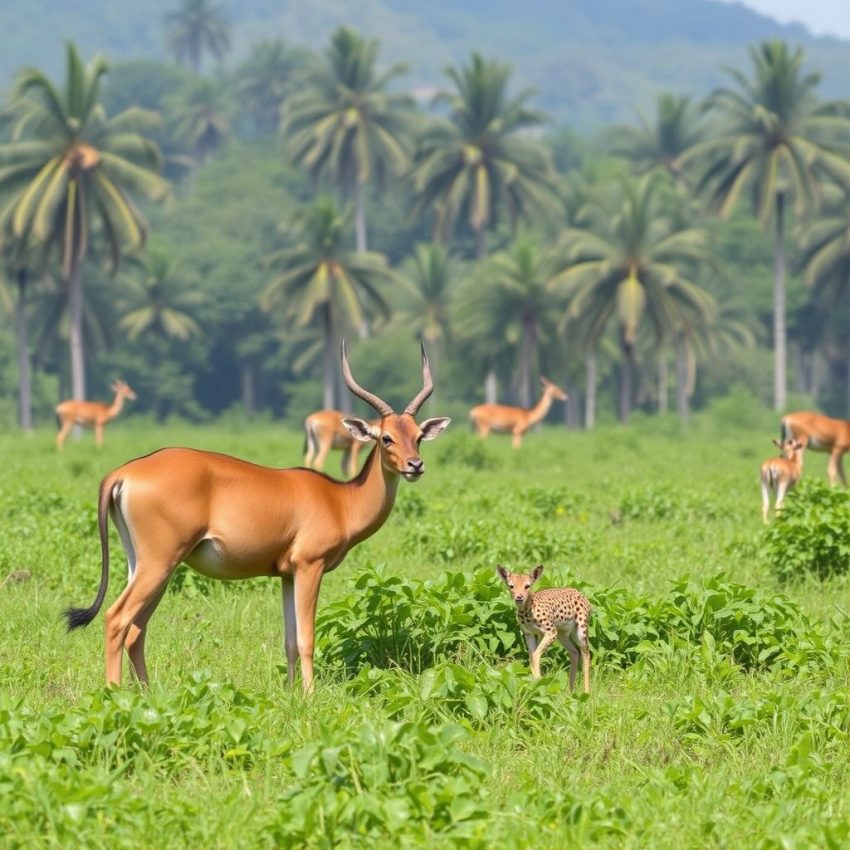Monkey Business: Sri Lanka's Wildlife Census Stirs Debate Over Crop Damage
Sri Lanka, a biodiversity hotspot, is currently undertaking a nationwide wildlife census, counting everything from its iconic elephants to the less celebrated, but equally impactful, monkeys, giant squirrels, and peacocks. While crucial for conservation efforts, the census has also reignited the debate over the increasing conflict between humans and wildlife, particularly regarding crop damage.
Farmers across the island nation are voicing their frustration over the escalating damage caused by these animals. Monkeys raiding fruit trees, giant squirrels nibbling on coconuts, and peacocks feasting on newly sown seeds are becoming commonplace occurrences, impacting livelihoods and food security. For many farmers, especially those in rural areas, their crops represent their primary source of income, and the losses incurred due to wildlife can be devastating.
The census, while important for understanding population dynamics and informing conservation strategies, has brought this issue to the forefront. Farmers argue that simply counting the animals isn't enough; concrete solutions are needed to mitigate the damage and protect their crops. They are calling for more effective measures, including:
- Improved Crop Protection: Farmers are demanding better access to affordable and effective methods of protecting their crops, such as fencing, netting, and repellents.
- Wildlife Corridors: Establishing designated wildlife corridors could help direct animal movement away from agricultural lands, reducing human-wildlife conflict.
- Compensation Schemes: Many believe that a fair and efficient compensation system for crop losses caused by wildlife is crucial. This would help alleviate the financial burden on farmers.
- Community Involvement: Engaging local communities in finding solutions is vital. Traditional knowledge and local perspectives can contribute significantly to effective wildlife management.
The government acknowledges the challenges faced by farmers and has implemented some mitigation strategies. However, the effectiveness and reach of these programs remain a point of contention. The census provides an opportunity to reassess current strategies and develop a more comprehensive approach.
The issue is complex. Balancing the needs of both wildlife conservation and human livelihoods is a delicate act. While protecting Sri Lanka's rich biodiversity is paramount, it's equally crucial to address the legitimate concerns of the farming community. Finding sustainable solutions that benefit both humans and wildlife is the key to a harmonious coexistence.
The ongoing wildlife census offers a chance to move beyond simply counting animals and towards developing a more nuanced understanding of human-wildlife interactions. It's a crucial step in finding effective, long-term solutions that will ensure the protection of both Sri Lanka's biodiversity and the livelihoods of its people.
What are your thoughts? How can we best address the challenges of crop damage caused by wildlife? Share your opinions in the comments below.
Don’t miss out on this exclusive deal, specially curated for our readers!
This page includes affiliate links. If you make a qualifying purchase through these links, I may earn a commission at no extra cost to you. For more details, please refer to the disclaimer page. disclaimer page.

